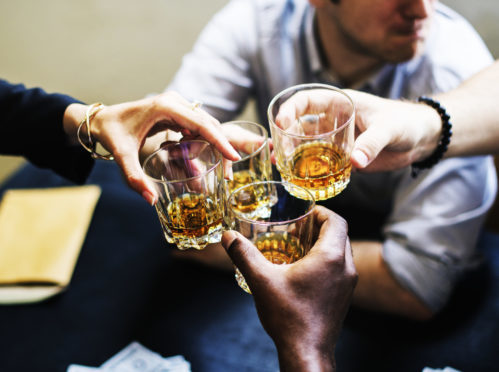I recently spent a week in Wales and visited the odd supermarket in Cardiff, Aberystwyth and Llandudno to browse around the wines and spirits department. It was a dispiriting experience to see drinks at prices they used to be, and ought to be, were it not for the Scottish Government’s minimum pricing policy.
Brandies, admittedly with “in-house” labels, were as little as £10.60, against a Scots price of £13 or more. Ciders costing £5 north of the Border were £2.04. And wines were 50p to £1 cheaper than in Scotland. True, the swanker upmarket drinks tended to be more closely priced, as the 50p-a-unit rule does not affect them in the same way, but psychologically the whole set-up away from Scotland looked much more inviting.
I have often felt the entire debate about whether we drink too much is more based on perception and attitude than on provable fact. I am certain ancient Roman patricians constantly lamented that the plebs drank too much, even as the patricians gorged themselves to excess at every opportunity. And the rich and powerful from ancient Babylon to Athens at its height would have echoed those same laments.
Yet we know from urns and jars unearthed everywhere from the pyramids to the Fertile Crescent that all early civilisations made wines and beers and even placed brimming amphoras in the tombs of the dead to ensure they enjoyed the odd tipple on their long journey to the underworld. So drink has been with us for millennia and, logically, so has the human urge to drink to excess. And the rulers of ancient societies, just like governments today, doubtless sought ways to curb excess drinking and the problems that go with it.
However, I believe that, year after year, the demands of modern life — with its ever-more complex technology and ever-more congested roads and skies — will increasingly persuade, even oblige, people to avoid drinking until their day’s work is done and the car is safely parked at home. The risk of losing one’s job or driving licence is for many the overriding consideration.
Which brings me back to minimum pricing in Scotland. At a time of stagnant wages and rising prices, particularly for basics, why artificially force up some prices even more?
